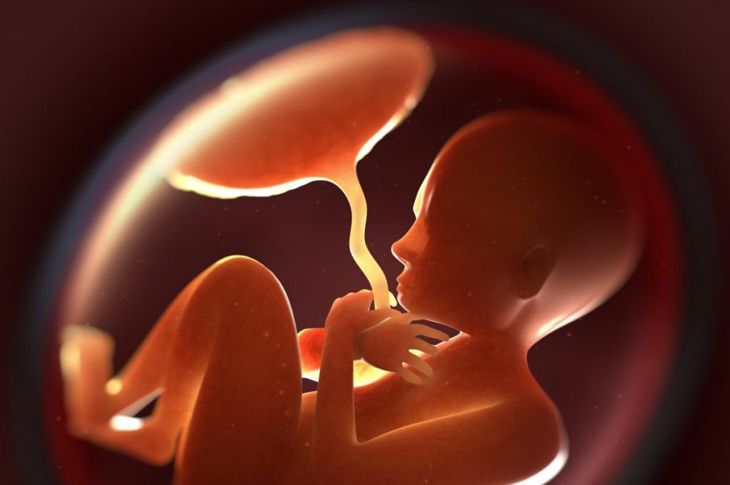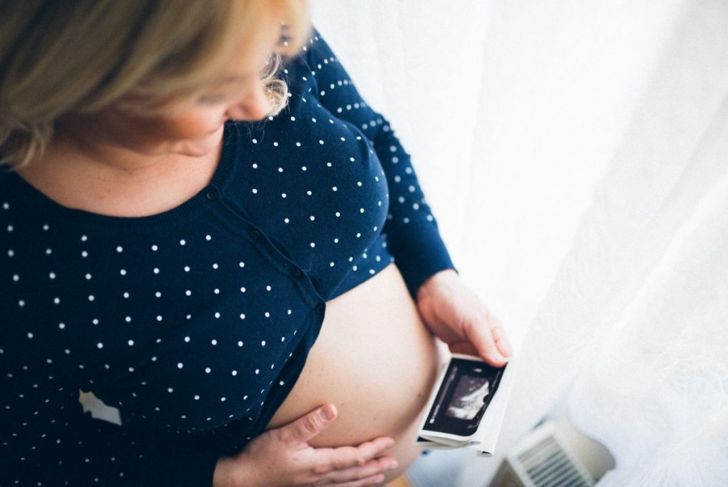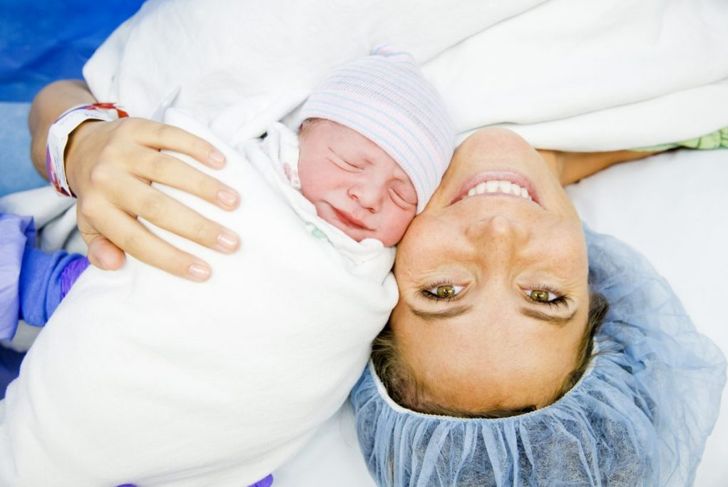While having children is a joyful and miraculous experience for many women, pregnancy is a complex time when it comes to health. Unfortunately, many complications can occur during the journey to birth, some more serious than others, threatening the life of the baby or the mother. Placenta previa is one of these complications. Read more to find out how placenta previa occurs, what effects it can have on the pregnancy, and how doctors treat it.
Placenta previa is caused by the placement of the placenta in the uterus.
The placenta is an organ that develops in the uterus or womb during pregnancy. This amazing construct provides oxygen and nutrients as the baby develops and removes waste products from the baby’s blood. In a normal pregnancy, the placenta attaches to the wall of the uterus, where it is connected to the growing baby by the umbilical cord. Placenta previa occurs when the placement of the placenta in the uterus is near or over the opening of the cervix, the narrow passage that forms the lower end of the uterus.
There are different kinds of placenta previa.
Just like every pregnancy is different, there are different types of placenta previa, as well. Characterization of these types depends on how much the placement of the placenta interferes with the cervical opening. In complete previa, the placenta covers the entire cervical opening. Partial previa describes when only part of the cervical opening is covered by the placenta. In the third type, marginal previa, the placenta does not cover, but lies near, the opening of the cervix. The degree to which the placenta blocks the opening to the birth canal is important for determining treatment.
Placenta previa can have dangerous effects.
For birth through traditional means, the baby must pass through the cervix into the birth canal. When the mother has placenta previa, the placenta partially or completely blocks the birth canal, which can impede the labor process. Additionally, it is normal during labor for the cervix to thin out and dilate in preparation for the baby’s birth. In cases of placenta previa, blood vessels that connect the placenta and uterus may tear during this process, which can lead to dangerous bleeding during labor.
What are the symptoms of placenta previa?
Even though placenta previa can be a serious complication, the symptoms are often not extreme. The most common symptom is painless bleeding during the second half of the pregnancy, especially the third trimester. However, about one-third of women with placenta previa won’t experience this. Even so, pregnant women who experience bleeding at any time during pregnancy should speak with a doctor immediately. Other symptoms of the condition can include premature contractions, the baby being in breech or transverse position, or a larger uterine measurement than expected based on gestational age.
Placenta previa is more common than you may think.
Like many other pregnancy complications, even though placenta previa sounds scary, it’s fairly common and often resolves on its own. An estimated 15 percent of women have some diagnosis of placenta previa, whether major or minor, during the second trimester. These women may receive the diagnosis after experiencing bleeding, or the doctor may identify the issue during a routine ultrasound before any symptoms. However, as the uterus expands and the placenta grows throughout pregnancy, many of these cases – up to 90 percent – clear up as the placenta naturally grows away from the cervical opening and toward the better blood supply in the upper part of the womb.
How is placenta previa diagnosed?
Several risk factors link to placenta previa, including:
Having placenta previa in a previous pregnancy
Being a smoker
Having twins or other multiples
Being under the age of 20 or over the age of 30
Previous c-sections or other uterine surgeries
If you are eligible for one or more risk factors, or if you experience symptoms of placenta previa, a simple ultrasound can usually provide a diagnosis and show the medical team the exact location of the placenta. Sometimes a transvaginal ultrasound offers the most accurate picture.
How is placenta previa treated?
Once a woman receives a diagnosis of placenta previa, the medical team will monitor the woman to a varying degree depending on how far along she is in the pregnancy. Before 28 weeks, it’s likely that no action is necessary, and a follow-up ultrasound later in the pregnancy will tell the doctor more. If a follow-up shows the cervical opening is still covered or the placenta is too close to the opening, the woman may be placed on “pelvic rest,” during which a person should avoid intercourse, pelvic exams, and vigorous exercise.
What if placenta previa doesn’t resolve itself?
Most cases of will resolve and don’t require major intervention. However, if the condition is causing excessive bleeding, it may require a hospital stay to monitor the mother. In serious cases, blood transfusions can replenish blood lost. The goal with most pregnancies is to keep mother and baby healthy while the baby develops for as long as possible before delivery. If the placenta is still close to the cervix further on in the pregnancy and causing additional complications, doctors may recommend early delivery. Women with placenta previa at the time of delivery require a cesarian section.
Get support to help with a diagnosis of placenta previa.
Pregnancy is an exciting time, but it can also lead to a lot of anxiety, especially after a frightening medical diagnosis like placenta previa. Even though most cases will resolve, concern about the health of the fetus can be stressful. Speaking to a doctor can help ease a mother’s mind, and there are special support groups for women with this and other pregnancy complications.
Several celebrities have experienced placenta previa.
Sometimes when you receive an unexpected medical diagnosis, it’s nice to know you are not alone. It can affect all kinds of moms, even those who are rich and famous. Several celebrities including Oscar award-winning actress Mira Sorvino, Beverly Hills 90210 star Tori Spelling, and media-dominator Kim Kardashian are just a few of the famous moms out there who have also had placenta previa.

 Home
Home Health
Health Diet & Nutrition
Diet & Nutrition Living Well
Living Well More
More




















